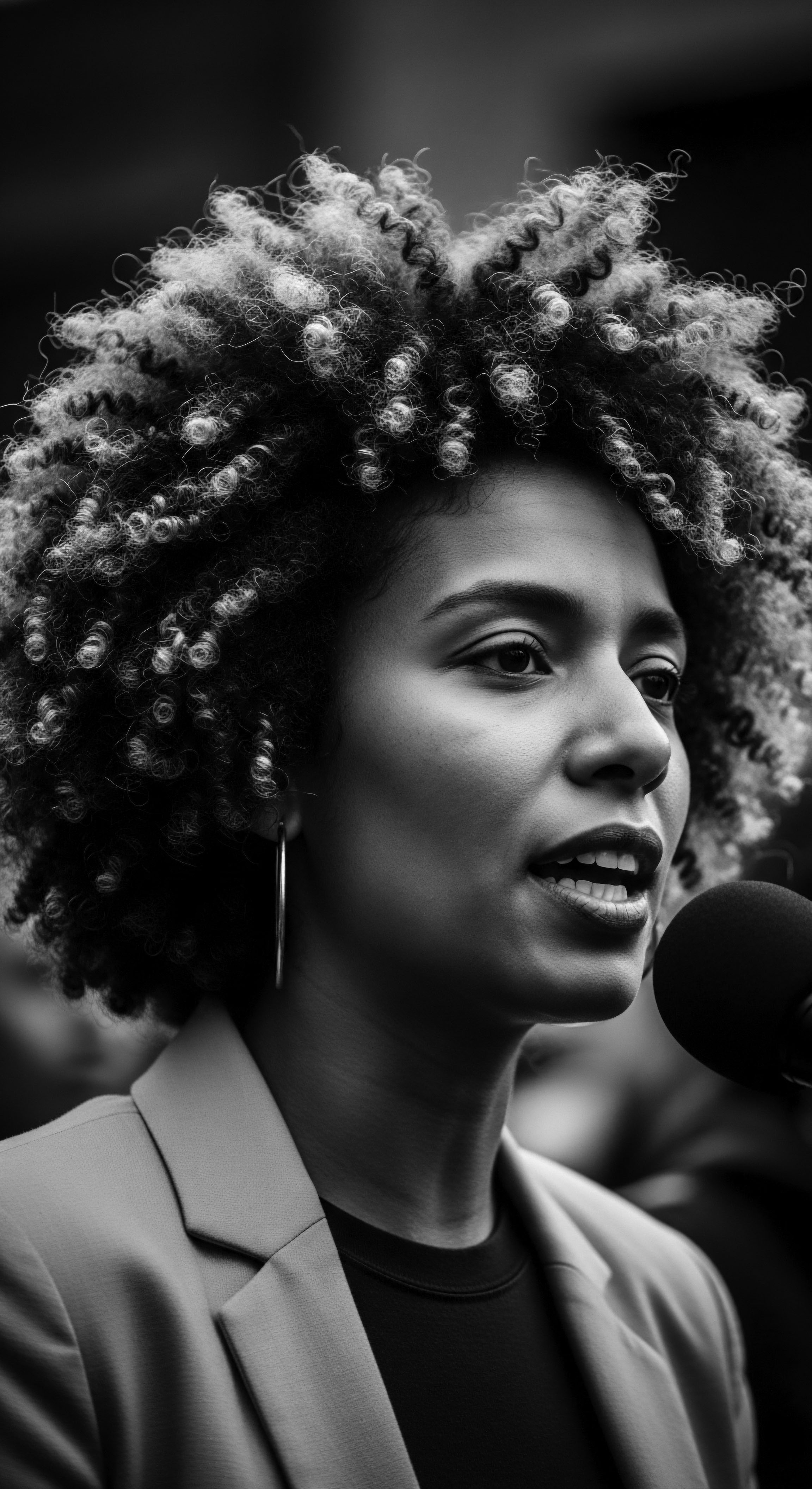
Roots
To those who carry the stories of coils, curls, and waves upon their crowns, a silent question often lingers in the quiet of evening ❉ Why does textured hair need nighttime protection? This query extends beyond simple care; it speaks to a lineage, a living archive of resilience and ingenuity. Your hair, a vibrant expression of heritage, holds within its very structure echoes of ancestral landscapes and the wisdom of generations. Understanding its nightly needs is not merely about preserving a style, but about honoring the very fibers that connect us to a rich, enduring past.
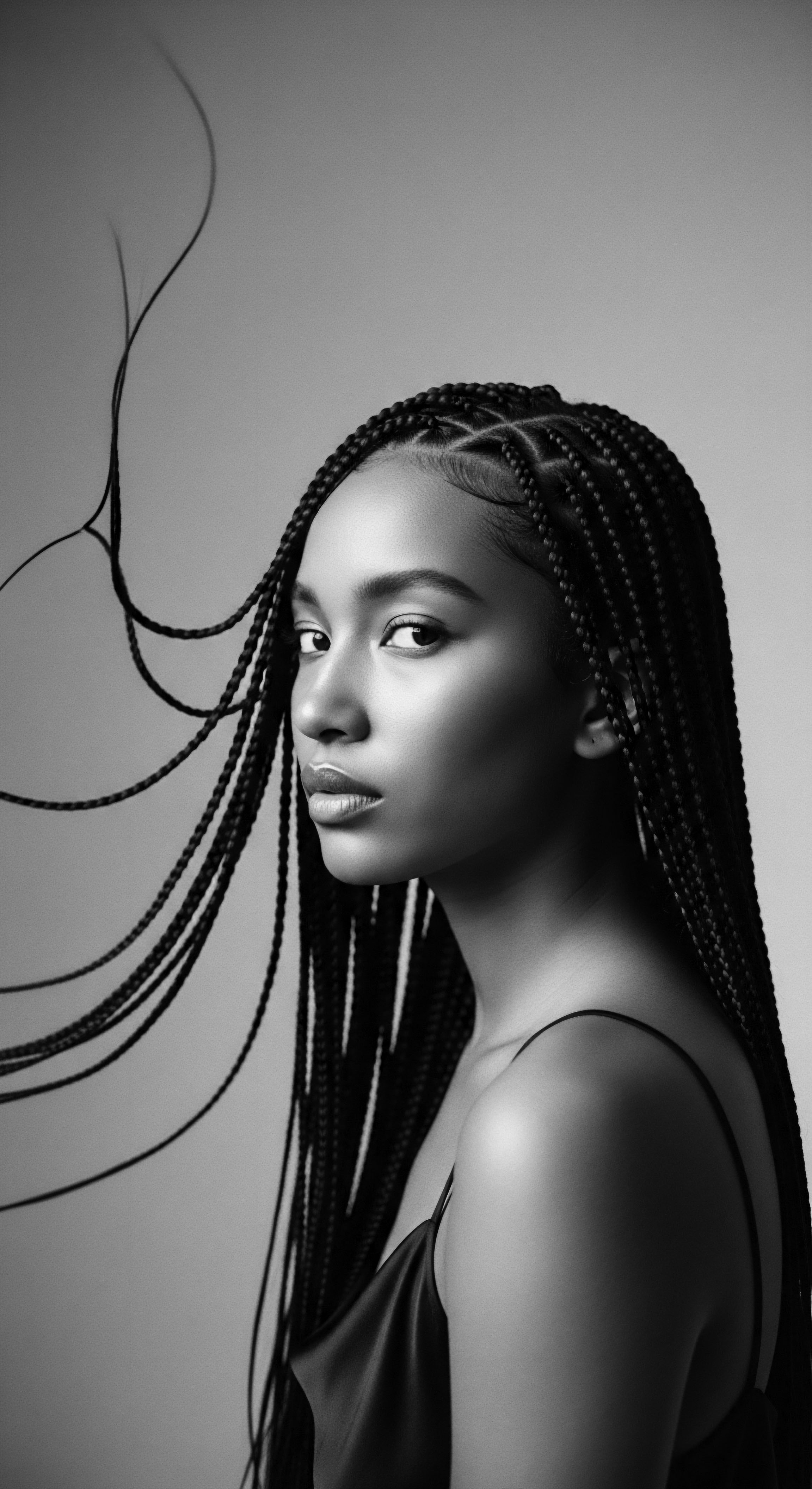
Hair’s Elemental Blueprint
The unique architecture of textured hair, from its elliptical follicle shape to the uneven distribution of disulfide bonds along the strand, renders it distinct. This helical path, while breathtaking in its diversity, also presents specific vulnerabilities. Unlike straighter strands where natural oils easily travel down the length, the twists and turns of textured hair impede this journey. This means the ends often remain drier, thirsting for moisture.
This inherent characteristic, a biological truth carried through time, forms the bedrock of its care requirements. When the head rests upon a surface, these delicate coils encounter friction, an abrasive force that can compromise their integrity. This mechanical stress, night after night, chips away at the outer cuticle layer, leaving the inner cortex exposed. The result is not merely a morning frizz, but a gradual erosion of the hair’s very strength, a fraying at the edges of its being.

A Heritage of Protection
The wisdom of shielding hair during repose is not a contemporary discovery; it is a practice woven into the fabric of ancestral life. Across various African communities and throughout the diaspora, head coverings held profound significance. They were not solely for adornment or status, though they served those purposes beautifully. They were also practical instruments of preservation.
Think of the intricate ways women wrapped their hair before dawn, preparing for days of labor or communal gatherings. This foresight, born of an intimate understanding of hair’s delicate nature, speaks volumes. The modern bonnet or silk pillowcase stands as a direct descendant of these historical practices, a testament to enduring knowledge. For instance, the widespread use of headwraps, such as the Gele in West Africa or the Tignon in Louisiana, often served to protect hair from environmental elements and maintain intricate styles, extending their longevity. These practices, born of necessity and ingenuity, illuminate a continuous thread of care across centuries.
The ancestral practice of covering hair at night is a testament to deep, inherited knowledge of textured hair’s unique vulnerabilities.
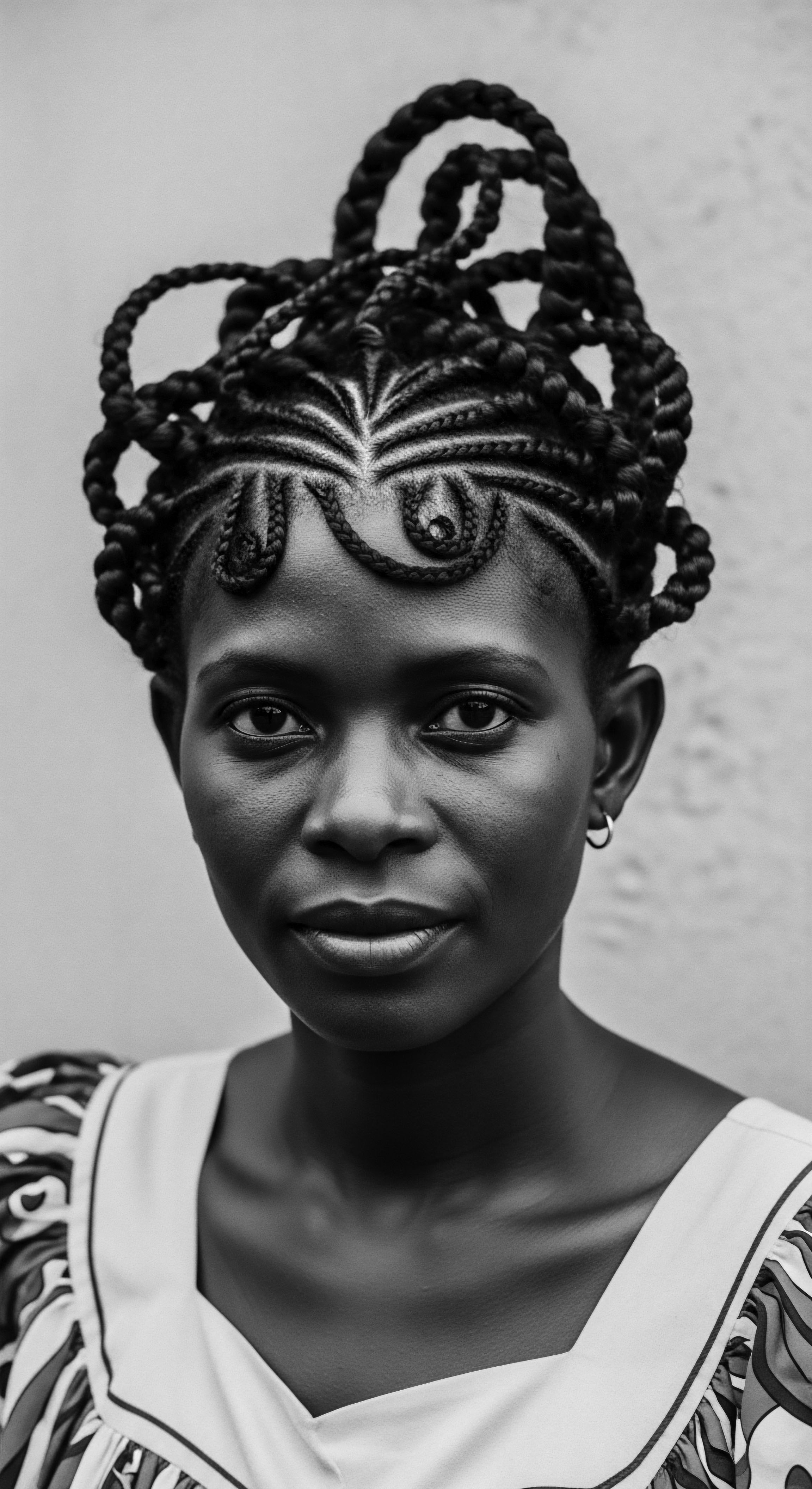
Ancient Materials and Their Purpose
Long before synthetic fibers, natural materials offered solace to resting hair. The softness of certain plant fibers, or the smooth drape of finely spun cloths, provided a gentle barrier. These materials, often locally sourced, became silent guardians, minimizing the friction that sleep inevitably brings. The intentionality behind selecting these coverings speaks to a profound connection with the body and its needs, a holistic view of wellbeing that extends to every strand.
The absence of a smooth, protective layer allows cotton or other rough fabrics to absorb precious moisture from the hair, acting like a thirsty sponge. This desiccation exacerbates the natural dryness of textured hair, leaving it brittle and prone to breakage. The combination of friction and moisture loss creates an environment ripe for damage, unraveling the careful work of daily conditioning and styling.
- Shea Butter ❉ Historically used across West Africa for its rich moisturizing properties, applied to hair and scalp before protective wrapping.
- Coconut Oil ❉ A staple in many tropical regions, known for its ability to penetrate the hair shaft and reduce protein loss, often used as an overnight treatment.
- Aloe Vera ❉ Employed for centuries for its soothing and hydrating qualities, applied to the scalp and strands for nocturnal conditioning.
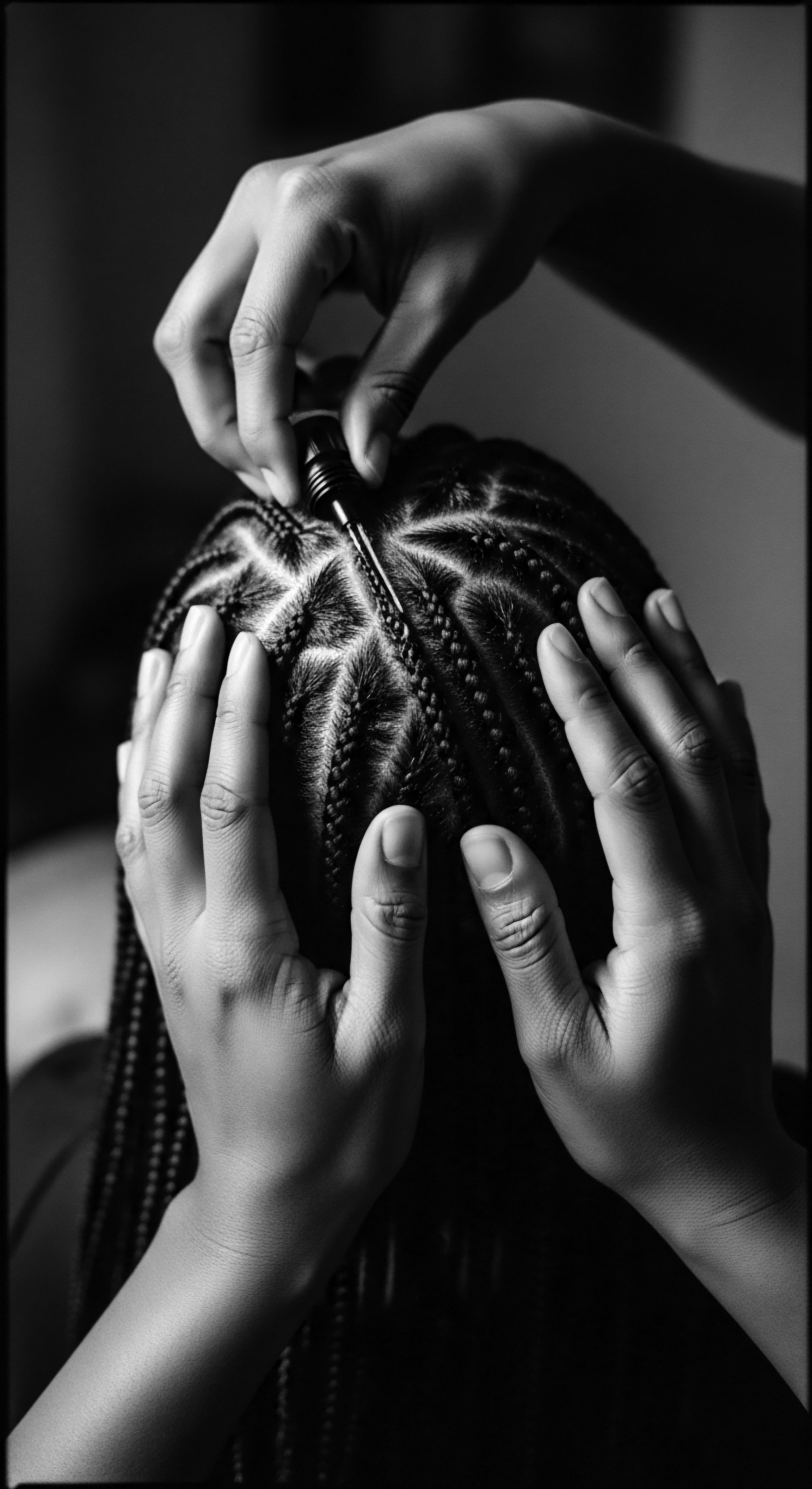
Ritual
As we consider the journey of textured hair through the ages, the question of nighttime protection gains a new dimension. It is not a rigid mandate, but a continuation of an ancient dialogue between care and preservation. You seek ways to honor your crown, to maintain its vibrancy beyond the waking hours, and in this pursuit, you join a chorus of voices spanning generations. This section steps into the practical realm, exploring how understanding the needs of textured hair at night has shaped, and continues to shape, the living traditions of care, offering gentle guidance rooted in shared wisdom.
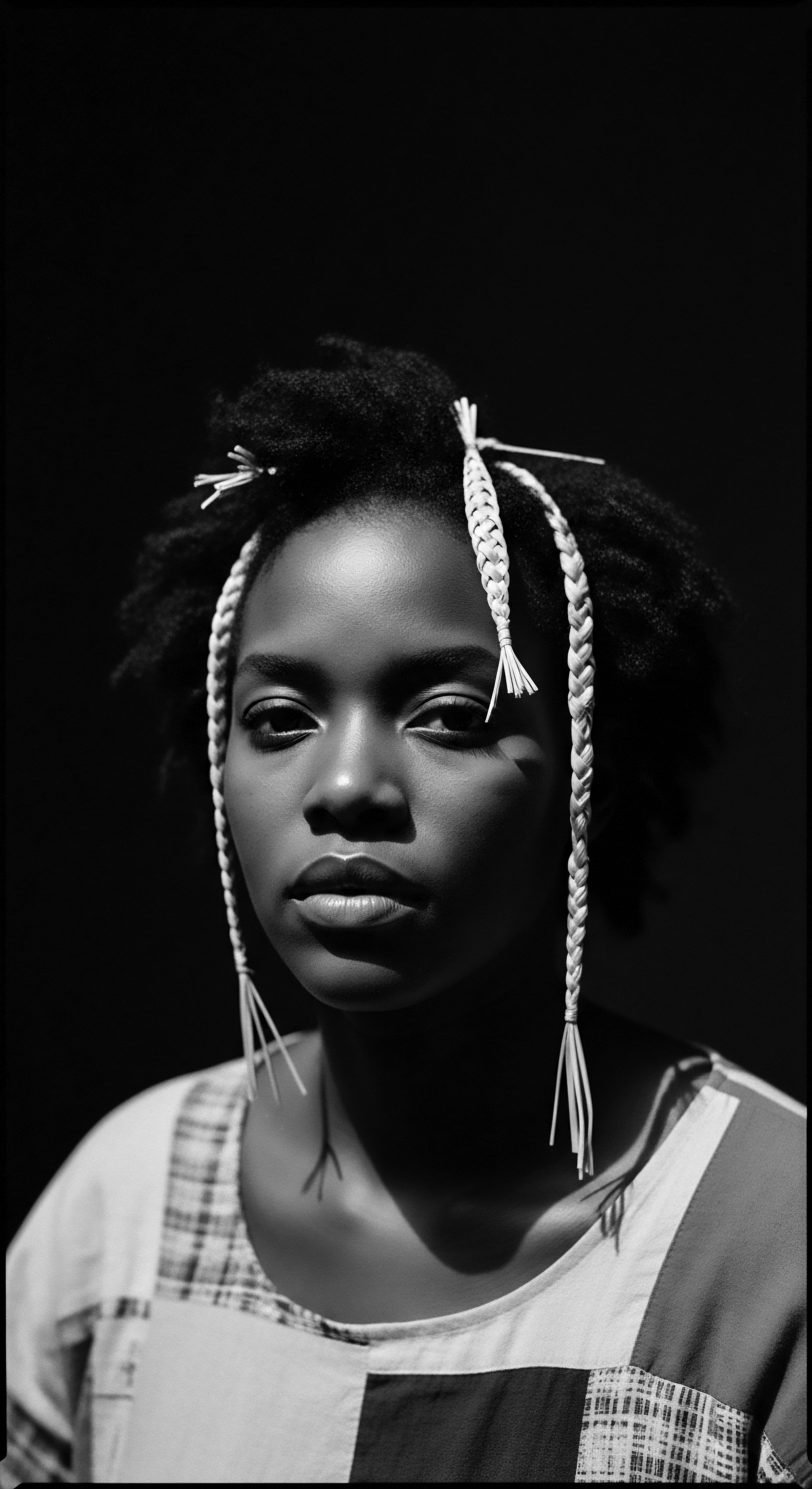
Why Does Nighttime Care Preserve Styling Heritage?
The meticulous artistry of textured hair styling, from elaborate braids to defined curls, represents a significant investment of time, skill, and cultural expression. To awaken with a style undone, or worse, damaged, is to negate the effort and symbolism poured into it. Nighttime protection, therefore, becomes a quiet ritual of preservation, a way to extend the life of these styles and the stories they tell. Without this shield, the natural movements of sleep, the gentle shift of head upon pillow, transform into abrasive forces.
The hair rubs against surfaces, leading to frizz, tangles, and ultimately, the unravelling of carefully crafted looks. This physical disruption also contributes to what hair scientists term Mechanical Damage, where the external cuticle layer is lifted and compromised, making the strand vulnerable.
Consider the protective styles that have served communities for centuries ❉ braids, twists, and cornrows. These styles, deeply embedded in the heritage of Black and mixed-race communities, were not only aesthetic choices but strategic defenses against daily wear and tear. The act of wrapping or covering these styles at night ensures their longevity, allowing the hair to remain tucked away, undisturbed.
This foresight reduces the need for frequent manipulation, a primary cause of breakage in textured hair. The wisdom passed down through families, the gentle urging to “wrap your hair before bed,” carries the weight of this accumulated knowledge.
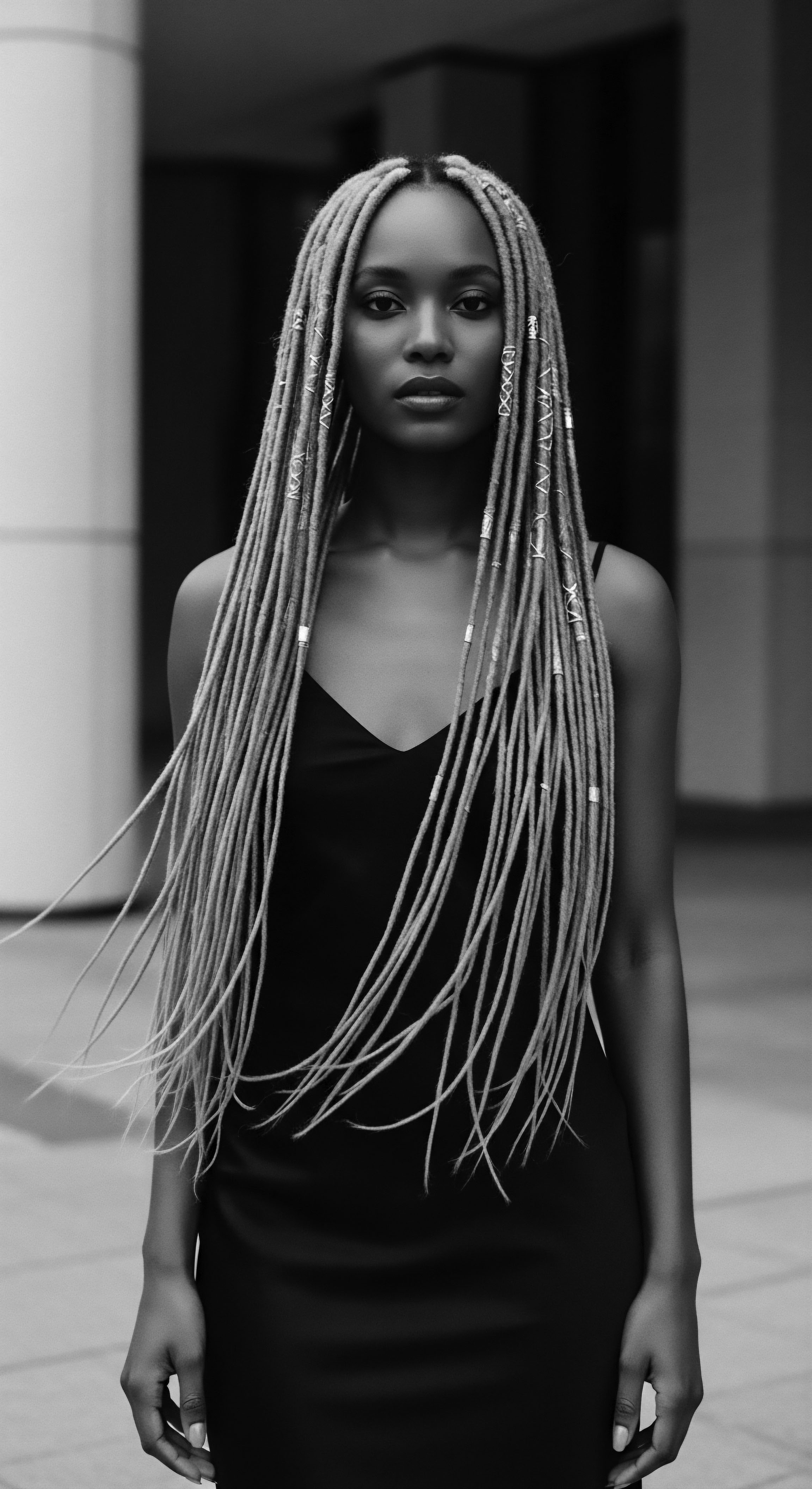
The Silent Work of Sleep on Hair Structure
While we rest, our hair continues its quiet existence, but not without consequence if left unguarded. The friction between hair and common pillowcases, particularly those made of cotton, acts as a microscopic sandpaper. Each toss and turn creates tiny abrasions, leading to the lifting of the hair’s outer cuticle. This phenomenon is a primary culprit behind frizz and the gradual loss of definition.
Furthermore, cotton, being a highly absorbent fiber, draws moisture away from the hair, contributing to dryness. Textured hair, already prone to dryness due to its coiled structure, suffers disproportionately from this nightly moisture siphon. The natural oils, which struggle to travel down the length of the strand, are further depleted, leaving hair brittle and susceptible to breakage. This delicate balance of moisture and structural integrity is easily disrupted during unprotected sleep.
Protecting textured hair at night is a deliberate act that extends the life of intricate styles and honors the historical artistry of hair expression.
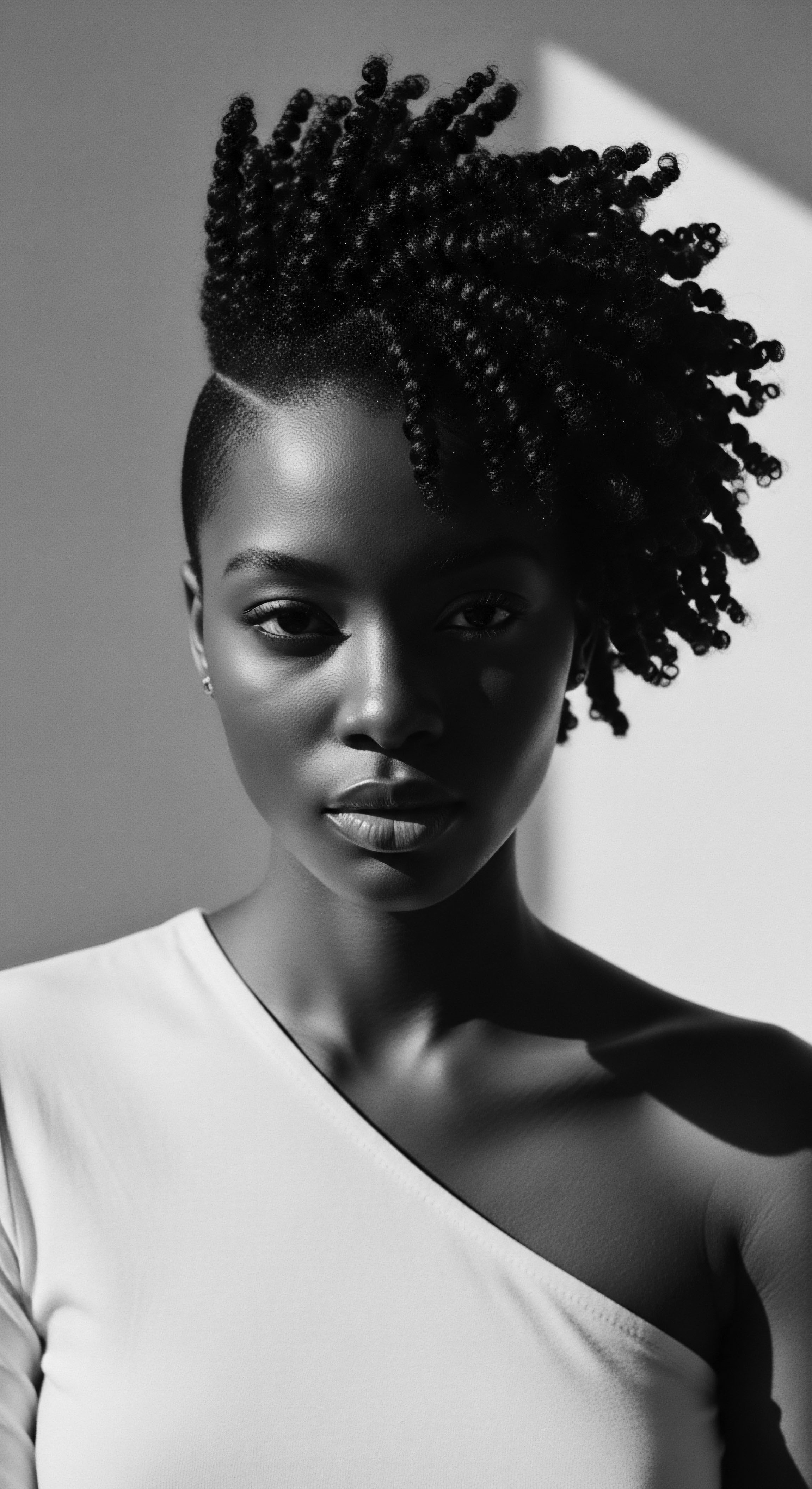
The Evolution of Nighttime Guardians
The transition from traditional headwraps to modern sleep bonnets and silk pillowcases reflects an adaptation of ancestral wisdom to contemporary living. While the materials and designs may have evolved, the core principle remains steadfast ❉ to create a smooth, low-friction environment for the hair. Silk and satin, with their smooth surfaces, allow hair to glide rather than snag, minimizing friction and preventing moisture absorption.
This simple shift in material choice can significantly reduce tangles, frizz, and breakage, preserving the hair’s natural moisture balance and structural integrity. This continuity across generations speaks to the enduring understanding of textured hair’s specific needs.
| Historical Practice Headwraps (e.g. Gele, Duku) used for daily protection and overnight preservation. |
| Contemporary Counterpart Satin or Silk Bonnets, designed to encase hair gently, reducing friction and moisture loss. |
| Historical Practice Sleeping on soft, often natural fiber mats or specially prepared surfaces. |
| Contemporary Counterpart Silk Pillowcases, providing a smooth, non-absorbent surface for hair to rest upon. |
| Historical Practice Applying natural oils and butters before covering hair. |
| Contemporary Counterpart Using Leave-in Conditioners and hair oils as part of a nighttime routine to seal in moisture. |
| Historical Practice The continuity of these practices highlights a timeless understanding of hair's needs, adapting forms but preserving purpose. |
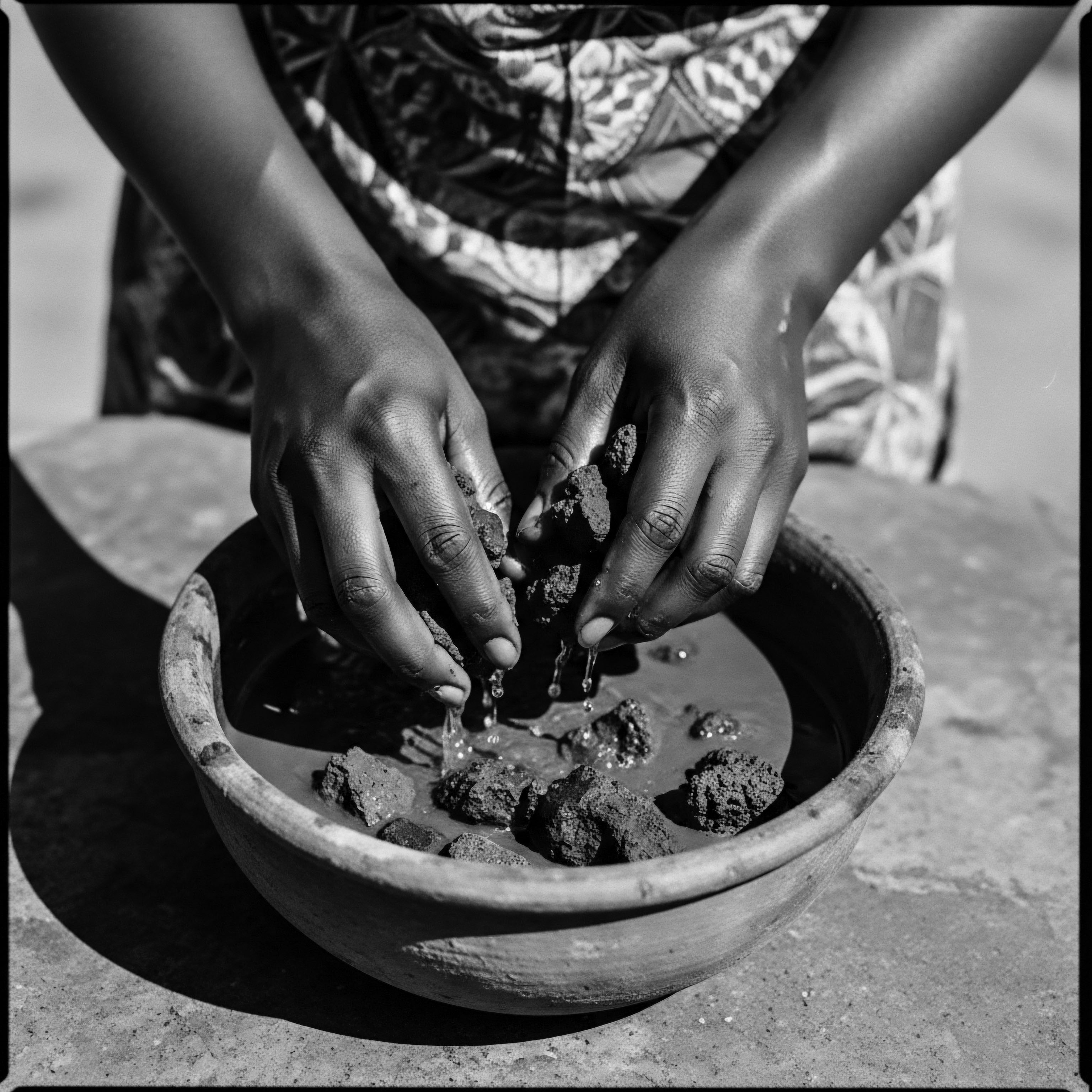
Nighttime Techniques for Longevity
Beyond the choice of covering, specific styling techniques before sleep further contribute to hair preservation. These methods, often passed down through familial lines, are rooted in an intuitive grasp of how textured hair behaves. The Pineapple Method, for instance, involves gathering hair loosely at the crown, minimizing contact with the pillow. This simple technique, when combined with a silk scarf or bonnet, helps maintain curl definition and volume.
Similarly, large, loose braids or twists can protect strands from tangling and friction, ensuring that the morning reveals defined, undisturbed hair. These techniques, whether ancient or newly articulated, all share a common thread ❉ a respectful interaction with the hair’s inherent qualities, ensuring its wellbeing through the quiet hours of the night.
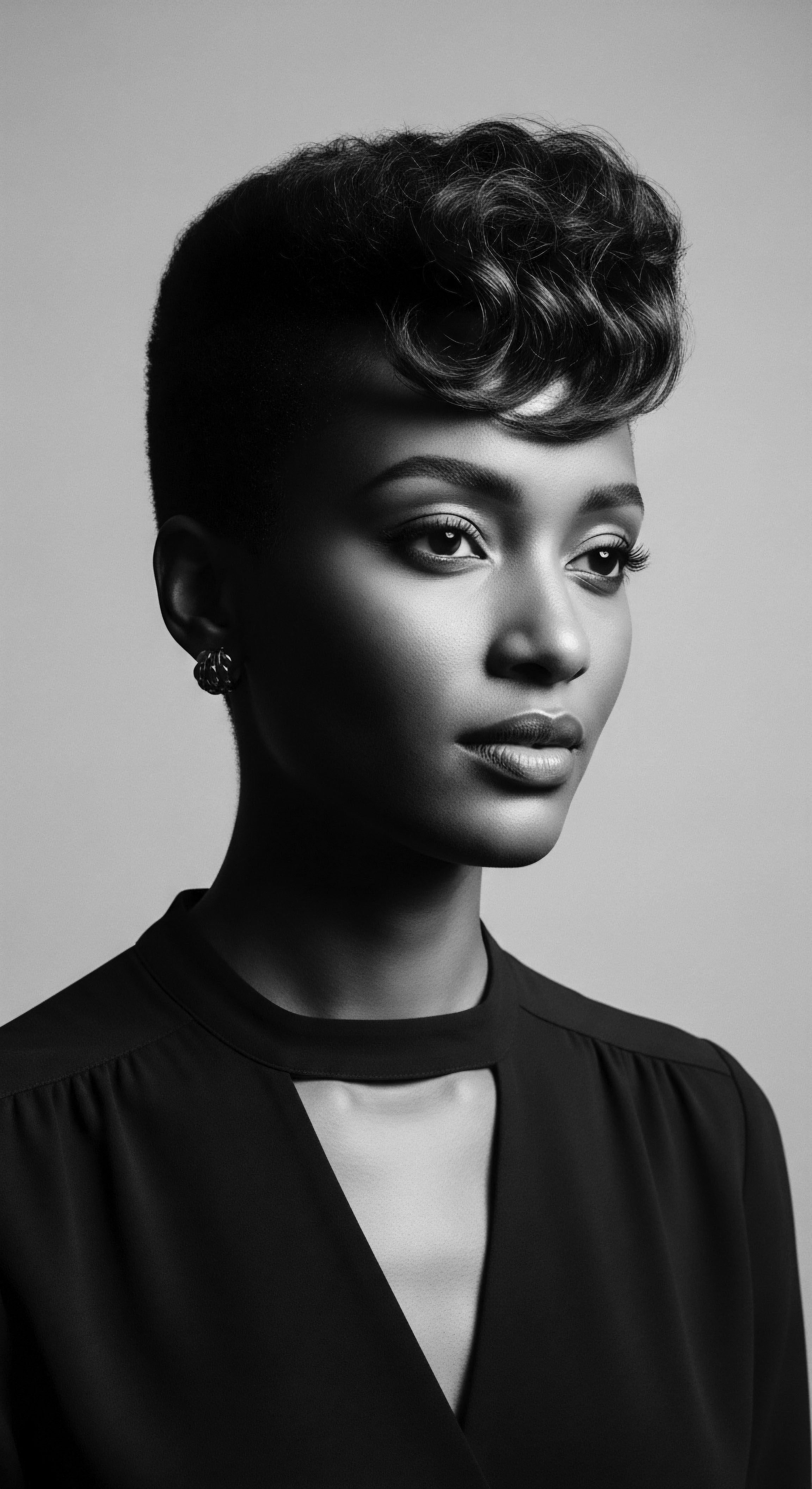
Relay
How does the simple act of nighttime hair protection echo through the grand narrative of textured hair, shaping not only individual wellbeing but also communal identity and future traditions? This inquiry beckons us to consider the deeper complexities, where the biological realities of textured hair intersect with centuries of cultural wisdom and the ongoing quest for self-affirmation. Here, we delve into the profound impact of nocturnal care, not as a mere beauty tip, but as a practice deeply rooted in heritage, resilience, and the continuous relay of knowledge across generations.
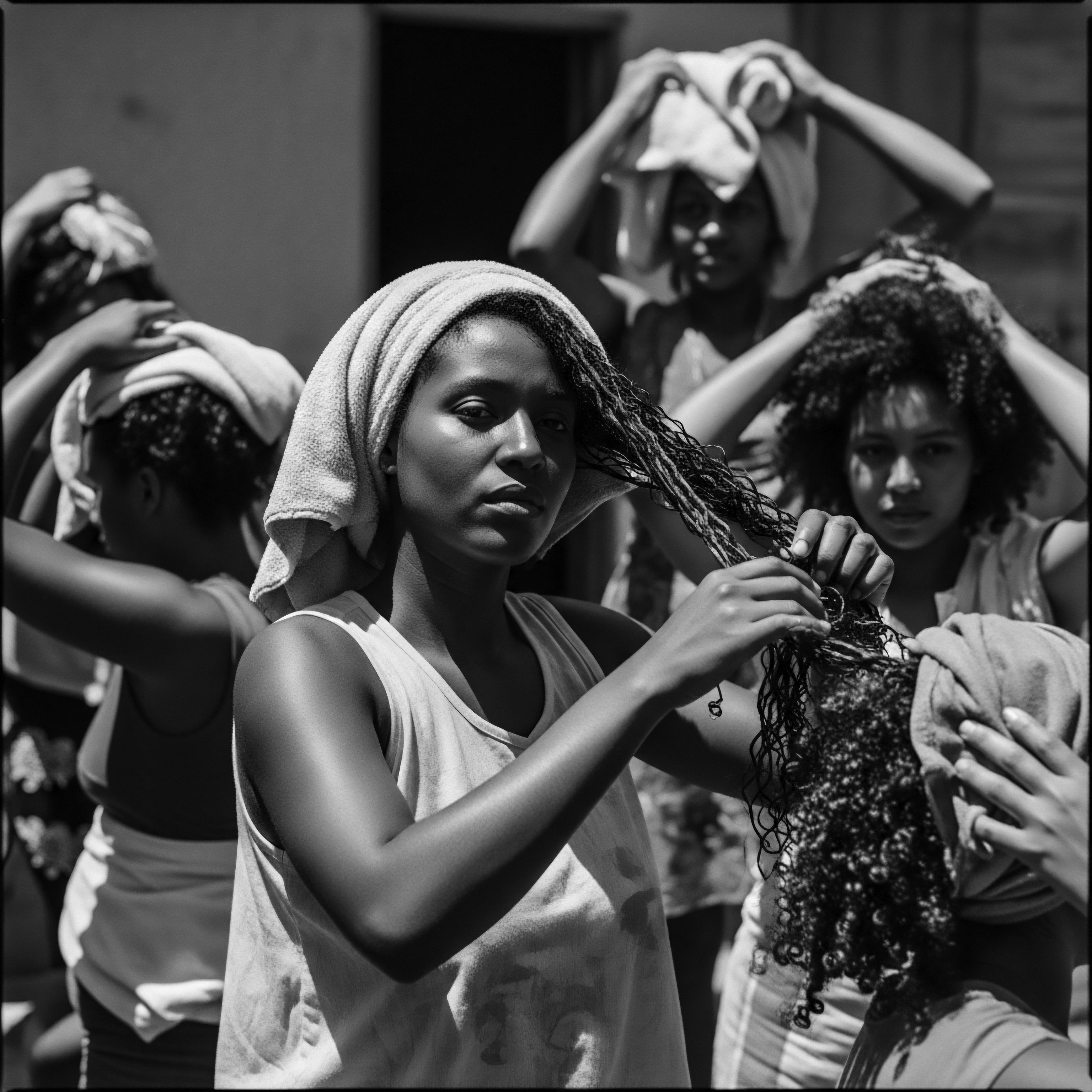
The Biological Imperative of Preservation
Textured hair, with its unique structural characteristics, is inherently more prone to mechanical damage and moisture loss than straighter hair types. The helical shape of the hair shaft means that natural oils produced by the scalp struggle to travel down the length of the strand, leaving the ends particularly vulnerable to dryness. This dryness is compounded by the raised cuticles that often accompany highly coiled patterns, allowing moisture to escape more readily. When this delicate structure encounters the friction of a pillowcase, especially one made of cotton, the cuticle layers are lifted and abraded.
This mechanical stress can lead to tangles, knots, frizz, and ultimately, breakage. A study published in Skin Appendage Disorders highlights that techniques used for hair style maintenance while sleeping can even contribute to conditions like Traction Alopecia, a preventable form of hair loss resulting from chronic tension on hair, particularly relevant for those with afro-textured or curly hair. The vulnerability of textured hair to damage during sleep is not a minor inconvenience; it is a significant factor in maintaining hair length, density, and overall health. Protecting hair at night minimizes this constant assault, preserving its integrity and reducing the need for extensive restorative treatments.
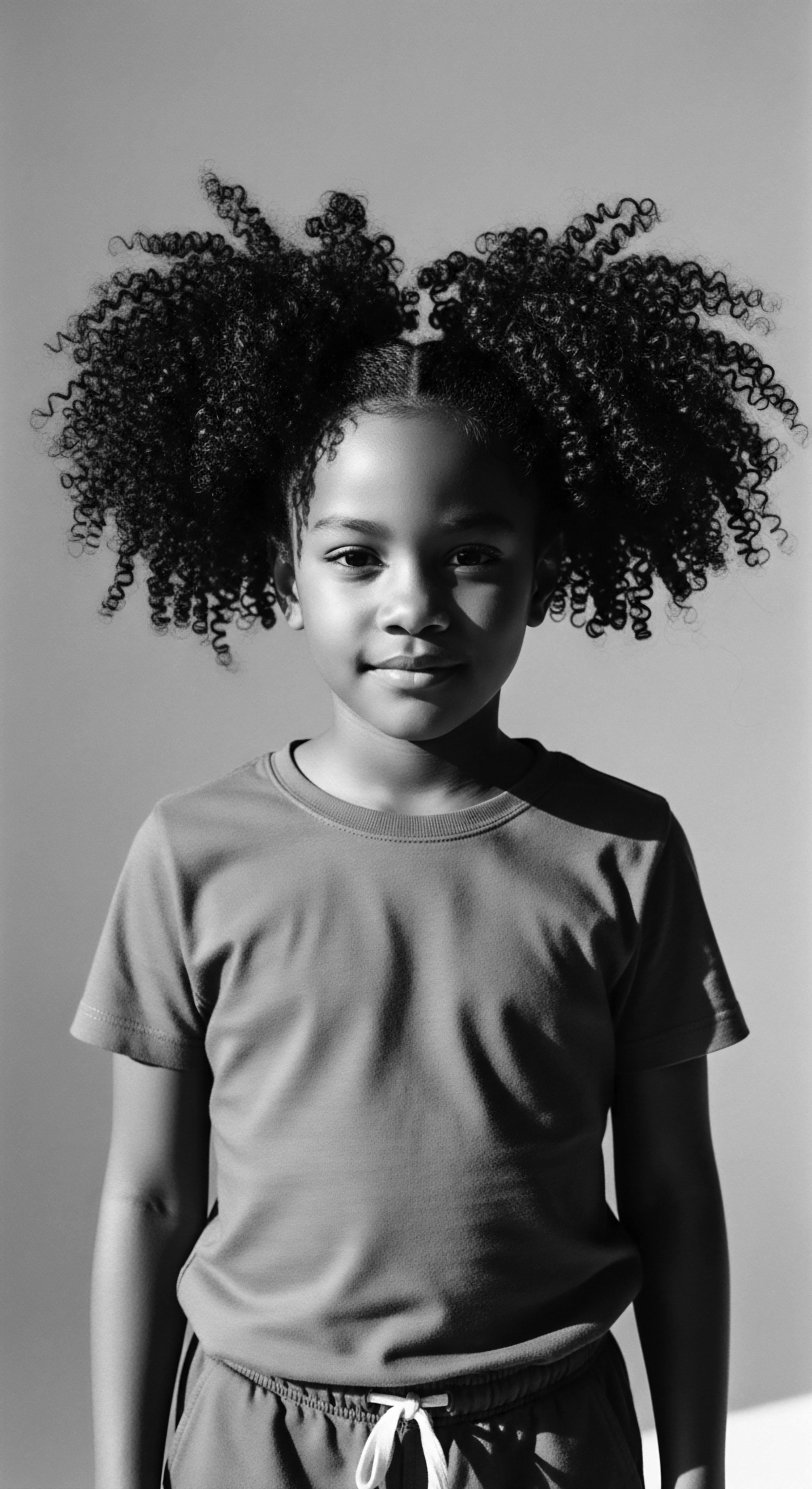
Nighttime Rituals as Cultural Affirmation
Beyond the biological, the practice of nighttime hair protection carries immense cultural weight, particularly within Black and mixed-race communities. For generations, hair has served as a powerful symbol of identity, status, spirituality, and resistance. During periods of oppression, such as slavery, head coverings were sometimes imposed to dehumanize and control. Yet, these same coverings were often reclaimed and transformed into symbols of dignity, communication, and defiance.
The act of preparing hair for sleep, often involving a cherished bonnet or a carefully tied scarf, became a private moment of self-care and cultural affirmation, a quiet rebellion against external pressures to conform to Eurocentric beauty standards. This ritual, passed down from grandmothers to mothers to daughters, is a living testament to resilience and self-preservation. It is a daily practice that connects individuals to a collective history of valuing and protecting their natural crowns. As Maxine, a woman of Filipino heritage with textured hair, articulated, embracing her natural texture and protecting it is how she connects with and pays tribute to her ancestors, pushing back against the glorification of European beauty standards.
- Self-Preservation ❉ Nighttime protection safeguards hair, allowing it to retain its inherent strength and beauty against external stressors.
- Cultural Continuity ❉ The ritual connects individuals to ancestral practices of hair care, maintaining a living link to heritage.
- Identity Reinforcement ❉ Protecting textured hair reaffirms its value and beauty, countering historical narratives that sought to diminish it.
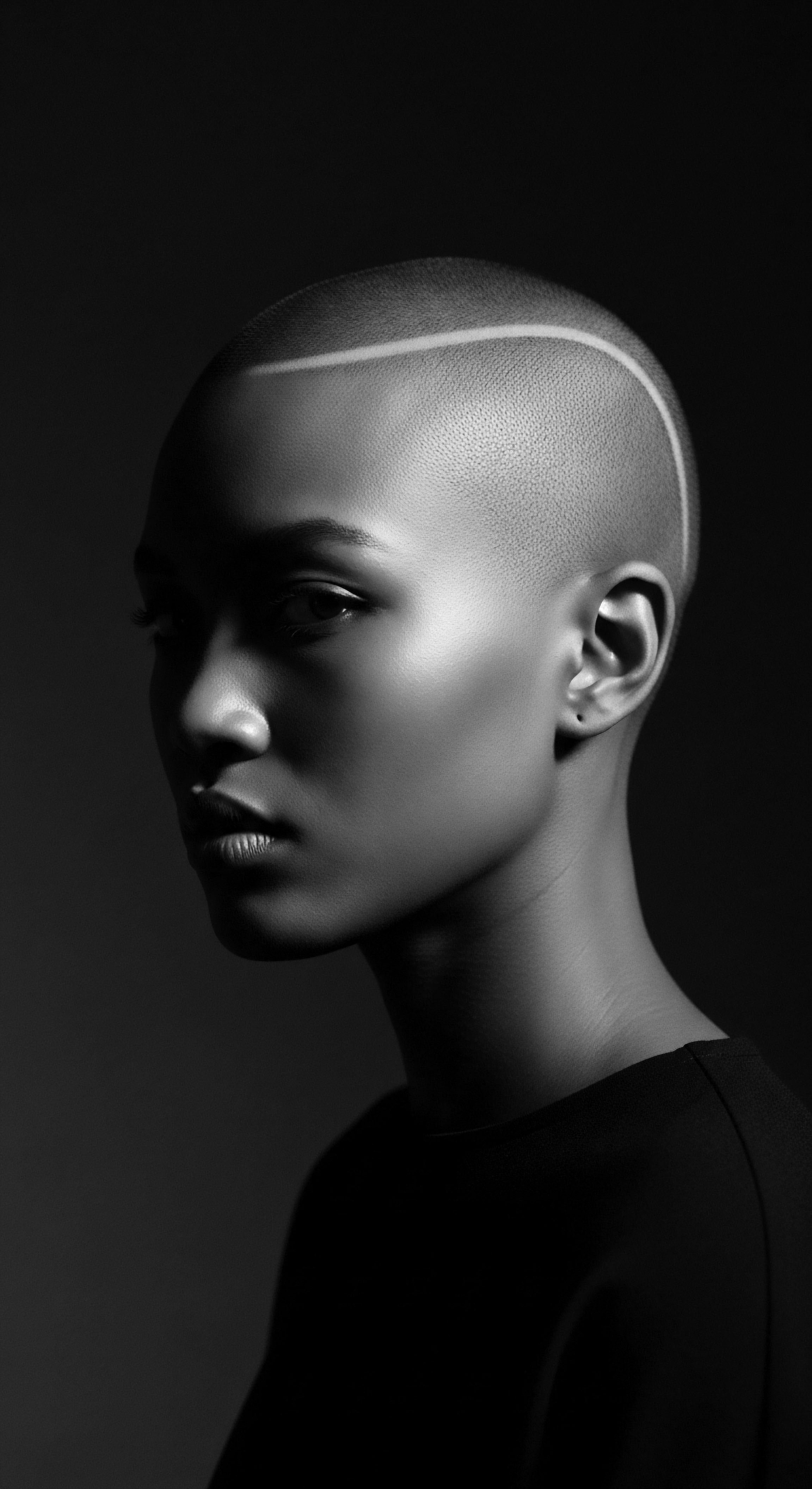
Holistic Wellness and the Crown
The care of textured hair extends beyond physical strands; it is intertwined with holistic wellbeing. The scalp, the foundation from which each strand grows, benefits significantly from a protected nocturnal environment. Reduced friction and consistent moisture retention contribute to a healthier scalp microbiome, preventing dryness, irritation, and flaking. This holistic approach, where hair care is seen as an extension of overall health, aligns with ancestral wellness philosophies that viewed the body as an interconnected system.
Many traditional practices incorporated botanical remedies and nourishing oils, not just for the hair, but for the scalp’s vitality. An ethnobotanical survey in Northern Morocco, for instance, identified dozens of plant species traditionally used for hair treatment and care, highlighting a deep understanding of natural ingredients for scalp and hair health. When hair is protected at night, it reduces the need for excessive manipulation or harsh products in the morning, creating a gentler, more sustainable care cycle. This translates to less stress on the hair, less time spent “fixing” damage, and a greater sense of ease and confidence in one’s natural presentation. The protective nighttime ritual becomes a quiet act of self-love, echoing the reverence for hair that has characterized Black and mixed-race communities for generations.
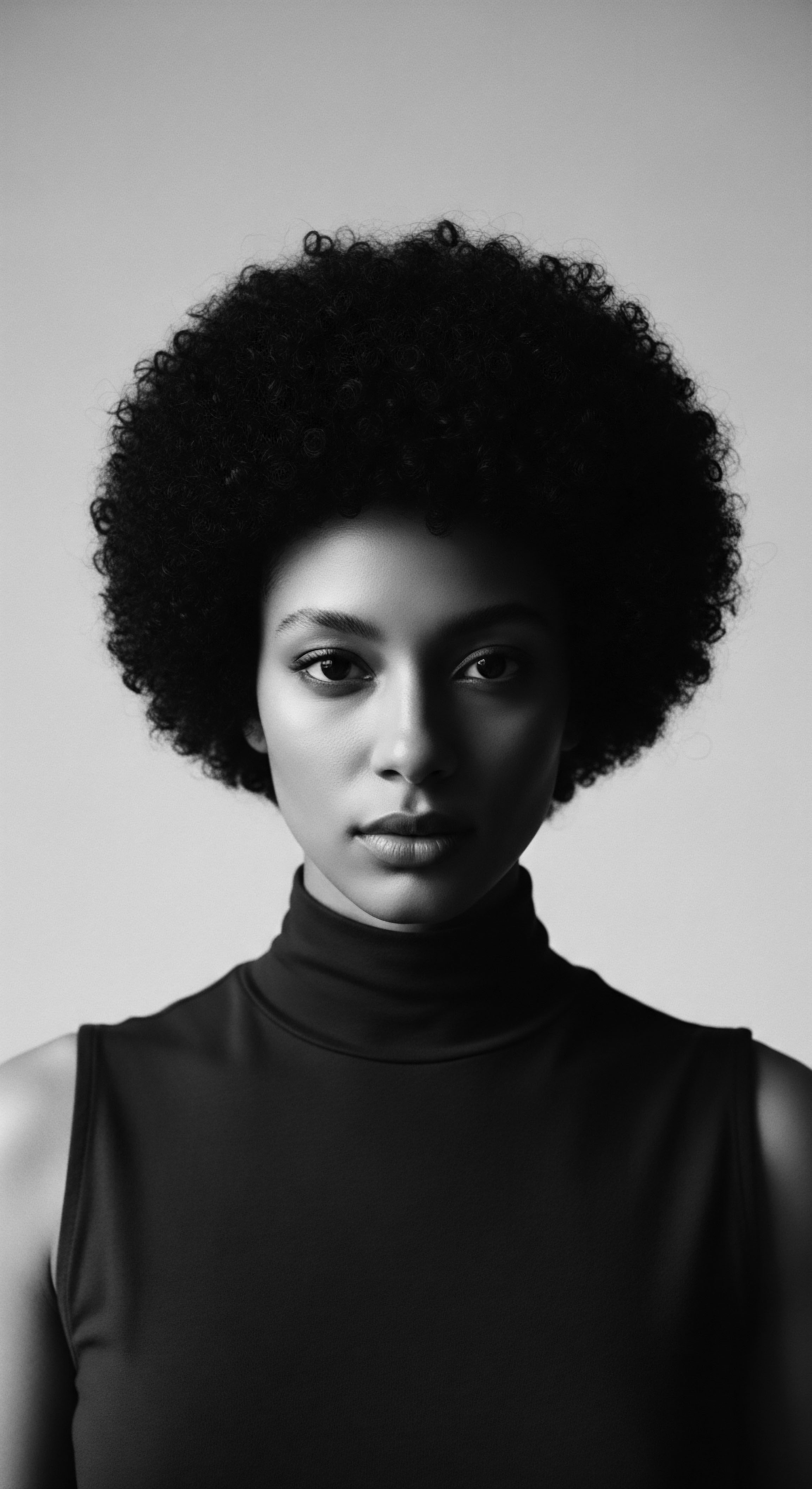
Scientific Validation of Ancestral Wisdom?
Modern hair science often validates the efficacy of practices rooted in ancestral wisdom. The understanding of hair porosity, the role of humectants and emollients, and the impact of mechanical stress on the hair shaft all provide scientific explanations for why practices like using smooth fabrics and applying oils before bed are so effective. For example, research confirms that silk and satin pillowcases reduce friction and moisture absorption, directly addressing the two primary causes of nocturnal hair damage for textured strands. This convergence of ancient knowledge and contemporary scientific understanding reinforces the profound intelligence embedded within heritage practices.
It is a testament to the fact that communities, through generations of lived experience and careful observation, developed highly effective methods of care long before microscopes revealed the intricate details of the hair shaft. The relay of this knowledge, from intuition to empirical data, strengthens our appreciation for the enduring wisdom of our forebears.
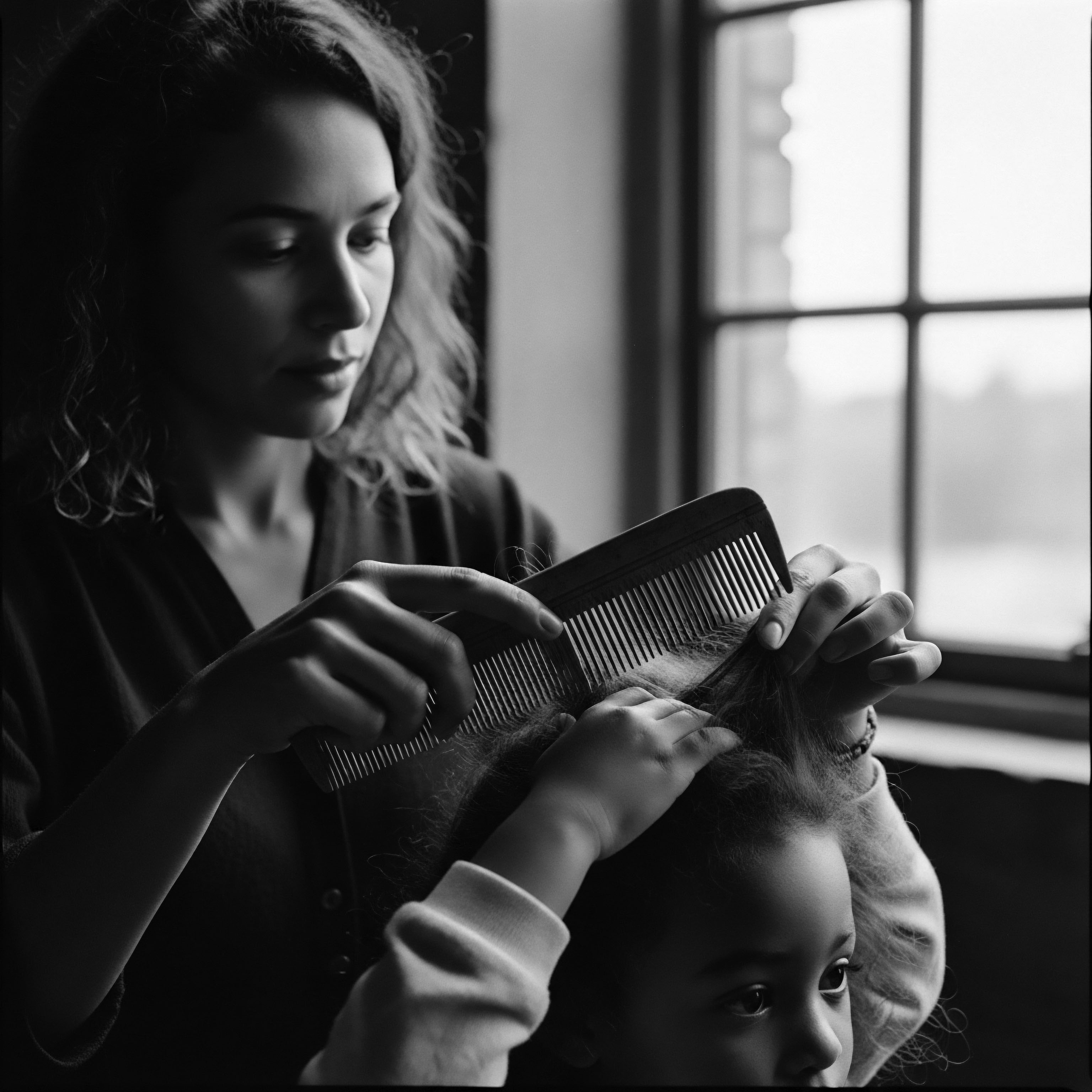
Reflection
The necessity of nighttime protection for textured hair is more than a simple dictate of modern hair care; it is a whisper from the past, a continuation of a heritage deeply etched into every coil and curl. From the elemental biology of the strand, inherently vulnerable to the friction and desiccation of the night, to the profound cultural narratives that have shaped the Black and mixed-race experience, the act of shielding our hair in slumber is a living tradition. It is a quiet homage to the ingenuity of our ancestors, who understood the sacred nature of the crown and devised ingenious ways to preserve its vitality. Each silk bonnet, each satin pillowcase, each carefully tied scarf, carries the legacy of headwraps worn for protection and defiance, a testament to resilience and self-love.
As we continue to honor these practices, we not only safeguard the physical wellbeing of our hair but also reinforce the enduring spirit of a heritage that celebrates the unique beauty and strength of every strand. The journey of textured hair is a continuous relay, and its nighttime sanctuary ensures its luminous future, rooted in the wisdom of its deep past.
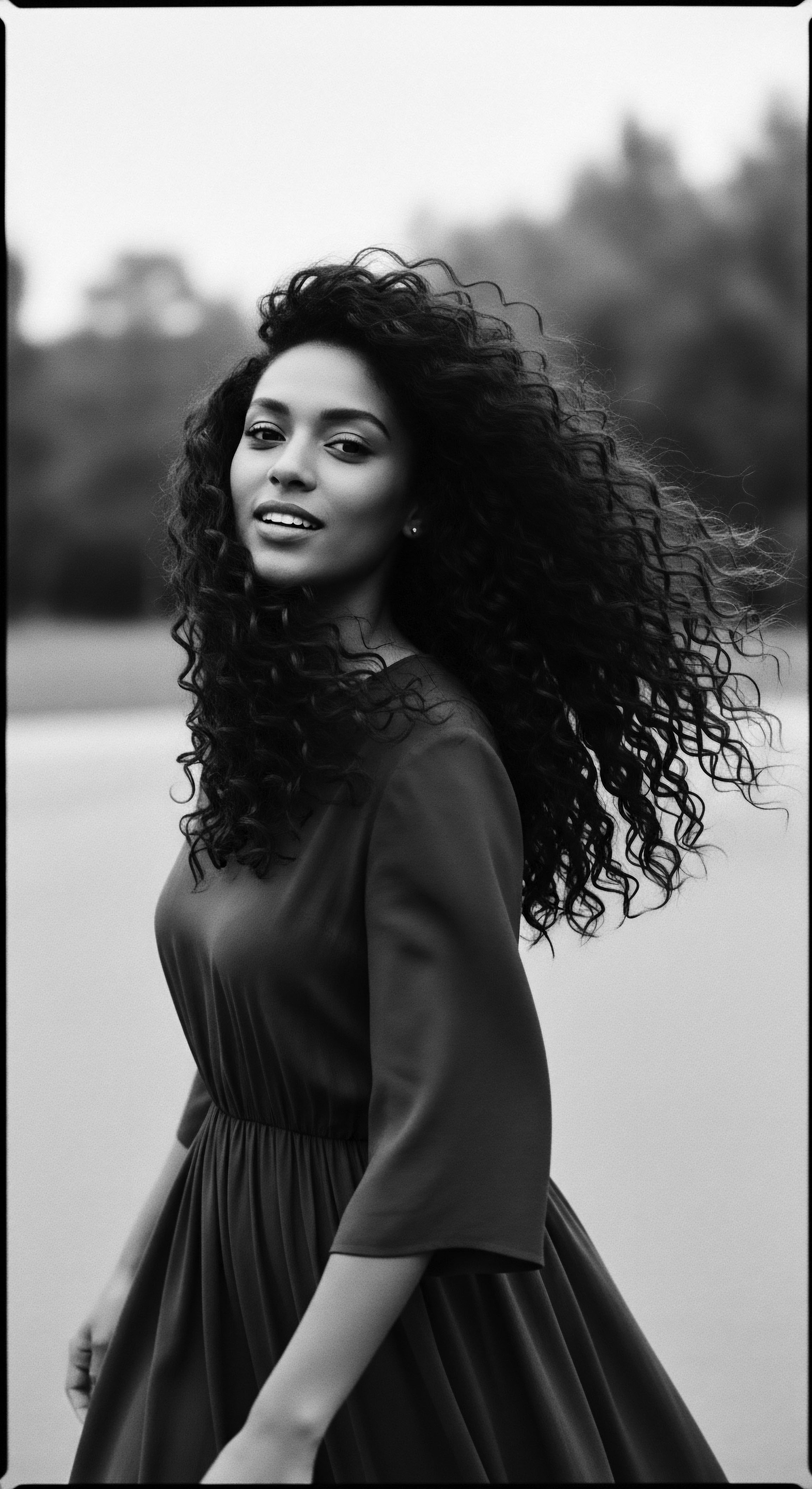
References
- Katsande, R. (2015). The history & meaning of head wraps across Africa. Wilderness Safaris.
- Ari Party Hair. (2025). The History and Symbolism of Hair Wrapping Across the African Diaspora.
- Obé Headwear. (2024). Significance of headwraps.
- Kaboré, D. et al. (2024). Cosmetopoeia of African Plants in Hair Treatment and Care ❉ Topical Nutrition and the Antidiabetic Connection? MDPI.
- Green Views Residential Project. (2022). History of the African head wrap.
- Donaldson, S. (2022). The Significance and History of Bonnets. Byrdie.
- Coyne, J. (2019). Misguided accusations of cultural appropriation ❉ The Big Nightcap Kerfuffle.
- Aaryn.mj. (2025). Understanding the Cultural Significance of Sleep Caps. TikTok.
- Self Magnet. (2023). Unveiling the Beauty and Benefits of African Sleep Cap.
- RevAir. (2022). Hair Care Tips For & From the Latinx Community.
- I Love Riccio. (n.d.). How not to damage curly hair at night.
- Maxwell, J. et al. (2021). Nocturnal Traction ❉ Techniques Used for Hair Style Maintenance while Sleeping May Be a Risk Factor for Traction Alopecia. Skin Appendage Disorders.
- Evalectric. (2024). Is Sleeping with Wet Hair Really Harmful?
- Geisler, A. N. Oyerinde, O. & Scott, A. (2022). Hairstyling Practices to Prevent Hair Damage and Alopecia in Women of African Descent. Journal of the American Academy of Dermatology.
- Beautycon.com. (2019). Texture Tales ❉ Maxine Celebrates Her Ancestry By Embracing Her Curls.
